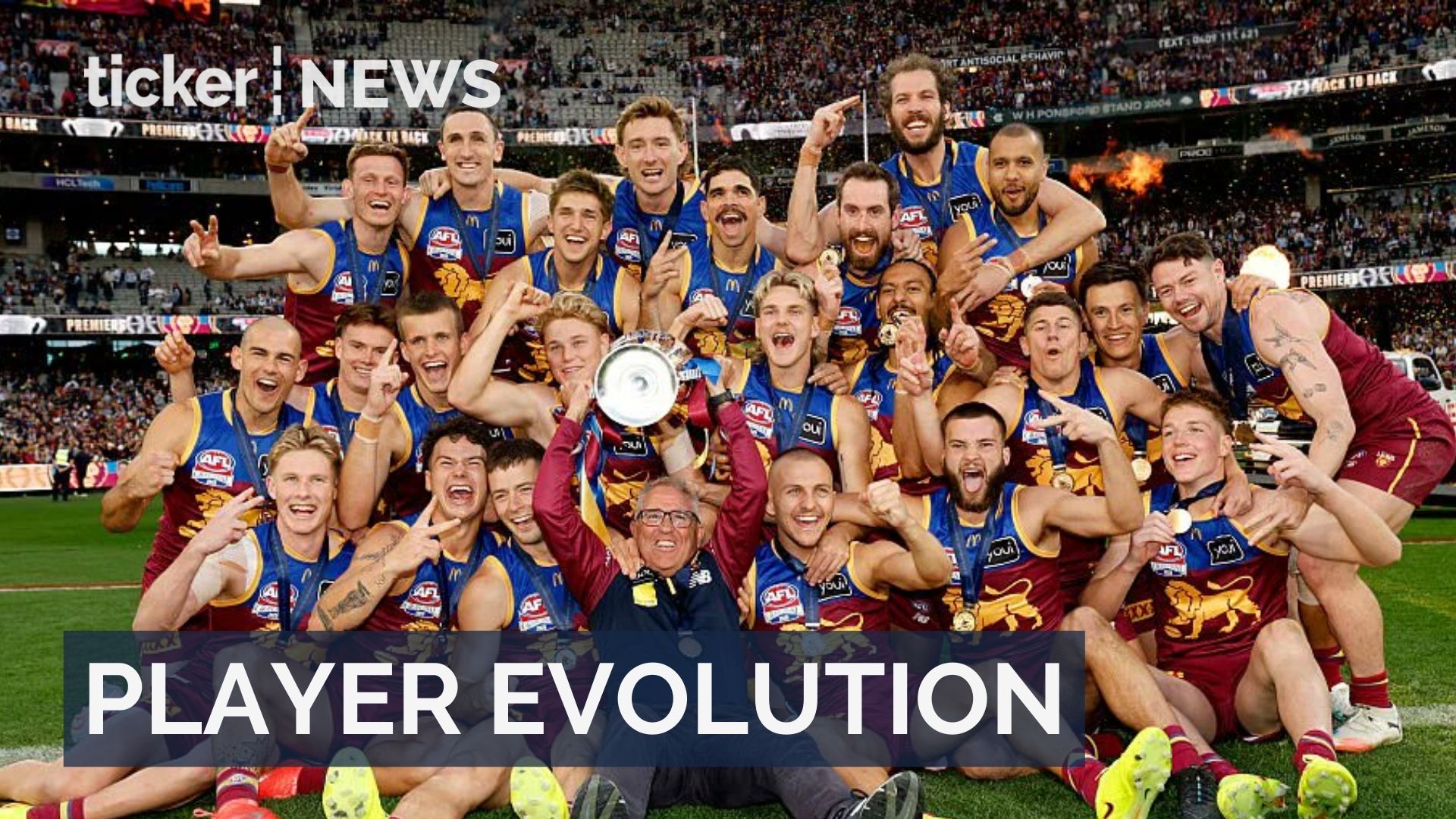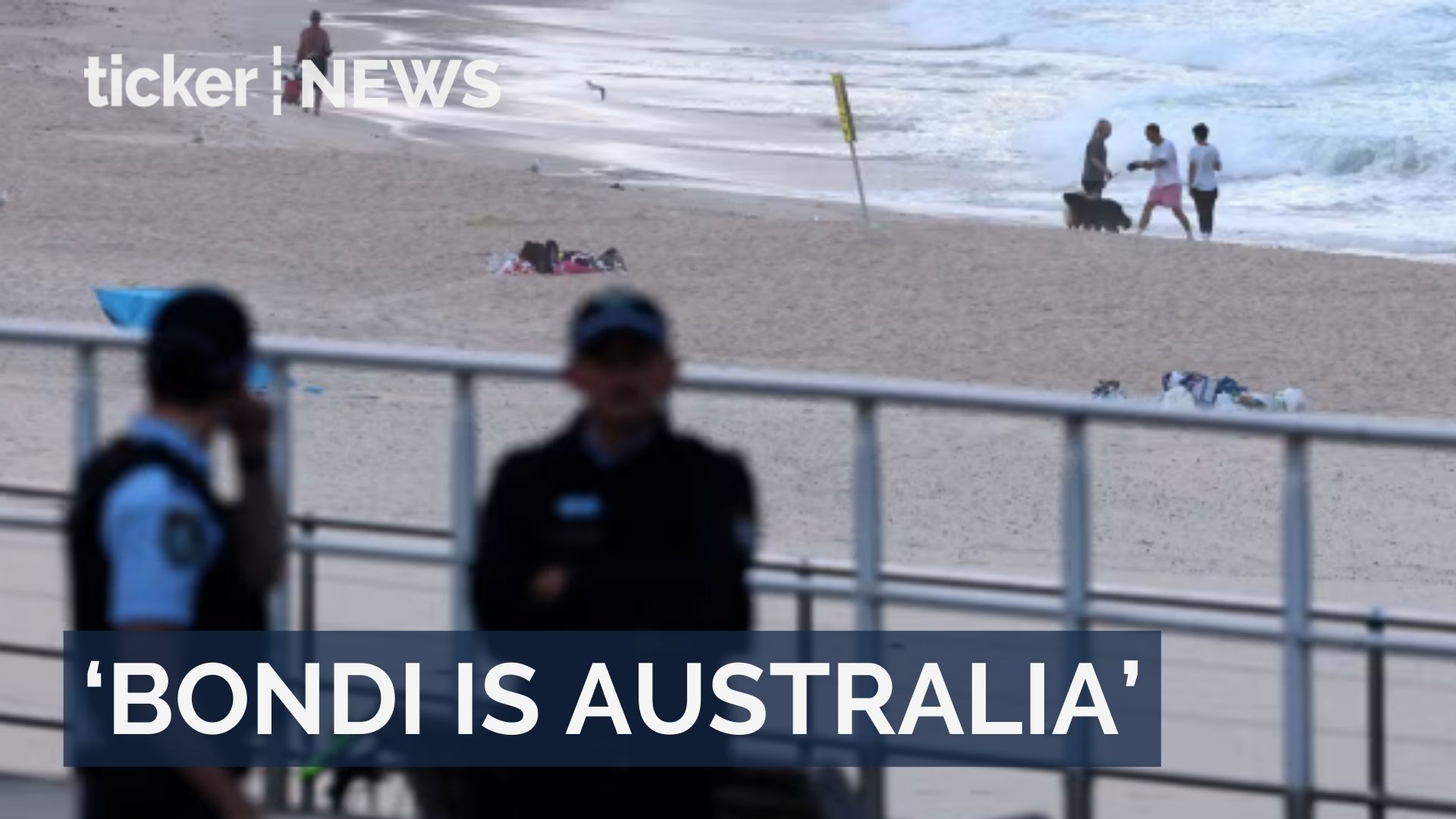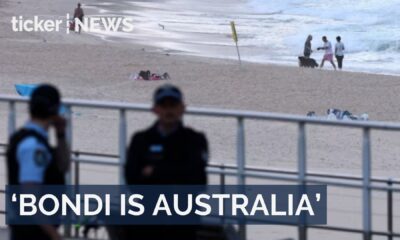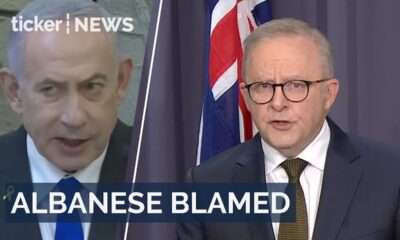Geelong champion Patrick Dangerfield wowed the AFL world during last week’s preliminary final win against Hawthorn, pushing his 35-year-old body to the limit to propel his team into this year’s Grand Final.
At an age when most AFL players have retired or are slowing down, Dangerfield showcased his immense physical attributes, even prompting Hawks coach Sam Mitchell to plead: “I’m certainly ready for Dangerfield to retire.”
Now Dangerfield and his Geelong teammates will take on Brisbane for the AFL premiership in a battle between the 2022 and 2024 winners, respectively.
It has taken these athletes more than 10 months of intense training and preparation to get there. They are finely tuned machines, built to meet the rigorous demands of elite Australian rules football.
But what exactly constitutes the “perfect” AFL body? And what qualities does an AFL athlete need to succeed?
The physical demands of AFL
Australian football is an intermittent contact sport made up of frequent bursts of high-intensity activity (such as sprinting, jumping and tackling) separated by brief periods of low-intensity activity (such as standing, walking and jogging).
With this in mind, it requires players to excel in multiple physical domains to be successful:
- Aerobic fitness: research indicates the average AFL player covers around 13 kilometres during a match, with some players even getting close to 19km. As a result, having high aerobic fitness (the ability use oxygen to create energy for physical activity) is integral to ensure they can both cover these vast distances and maintain a high level of performance
- Repeated sprint ability: in conjunction with the ability to run for a long time, AFL athletes also need to be able to perform repeated sprints without fatiguing and losing speed – something known as “repeated sprint ability”. This is what ensures they stay fast and powerful in the latter parts of games
- Strength: AFL is a contested sport. Players need upper and lower body strength to lay tackles, stay strong in marking contests and hold their position under contact. To illustrate this, some older research indicates the average AFL player can bench press about 125 kilograms, although there are anecdotal reports of larger players benching more than 170kg
Power: in conjunction with brute strength, AFL athletes also need to be explosive. This is what allows them to jump high to take a mark or make a spoil, and is a defining characteristic of elite AFL athletes. Current Greater Western Sydney player Leek Aleer holds the record for the largest running jump height in the AFL, with a whopping 107 centimetres.
Speed and agility: being able to change direction and accelerate rapidly are essential for evading opponents and creating scoring opportunities. These are often considered to be some of the most important AFL attributes. In fact, some research suggests faster players are significantly more likely to get drafted than slower players.
Decision making: AFL athletes also need to be able to make good decisions when the ball is in their hands. Making good split-second decisions allows their team to maintain possession, which can have a major influence on the outcome of a game.
Evolution of the AFL athlete
Research on the fitness of elite AFL athletes is sparse (understandably so – clubs might want to keep this information private as a competitive edge).
But we do know the physical profile of the typical AFL player has evolved dramatically over time.
Historically, players were often shorter and stockier, with an average height of around 180cm in the 1940s, and then around 184cm in the 1990s.
However, there has been a noticeable shift over the past 30 years towards taller, leaner athletes. The average height of the modern-day player is currently edging closer to 190cm, with a notable number of key position players exceeding 200cm.
We have also seen the running demands of the game increase. Over the past 20 years, the total distance athletes are travelling has increased. They are also accelerating more often and spending more time running at faster speeds.
This change has been somewhat reflected in the athletic profiles of the elite young players hoping to get drafted, with a consistent increase in the aerobic fitness of draftees over the past 20 years.
Interestingly, it has been suggested this change may largely be the result of changes in game style, where teams are adopting a less contested, faster, more free-flowing game style.
Indeed, this is something we have seen happen in the AFLW over the past few seasons, which reinforces this suggestion.
The ideal AFL body depends on the player’s position
With all this in mind, it’s important to note it’s not a one-size-fits-all approach when it comes to AFL athletes.
Different positions will have different requirements.
For example, you can expect midfielders to be fitter, more agile and physically smaller than full forwards and full backs. Conversely, you can almost guarantee key forwards and defenders will be bigger and stronger than midfielders.
The modern AFL athlete is a product of years of specific training and a deep understanding of the game’s evolving demands – and the Grand Final is the best opportunity to observe it all come to fruition.
And as the game continues to evolve, so will the ideal physical profile of its athletes.![]()
![]()
Hunter Bennett, Lecturer in Exercise Science, University of South Australia
This article is republished from The Conversation under a Creative Commons license. Read the original article.

























